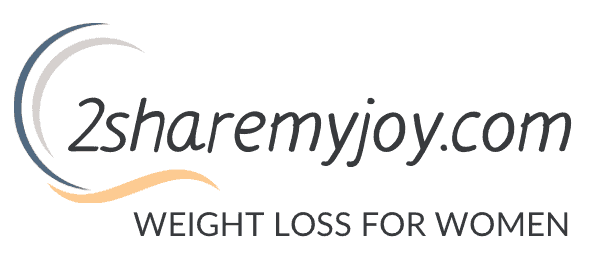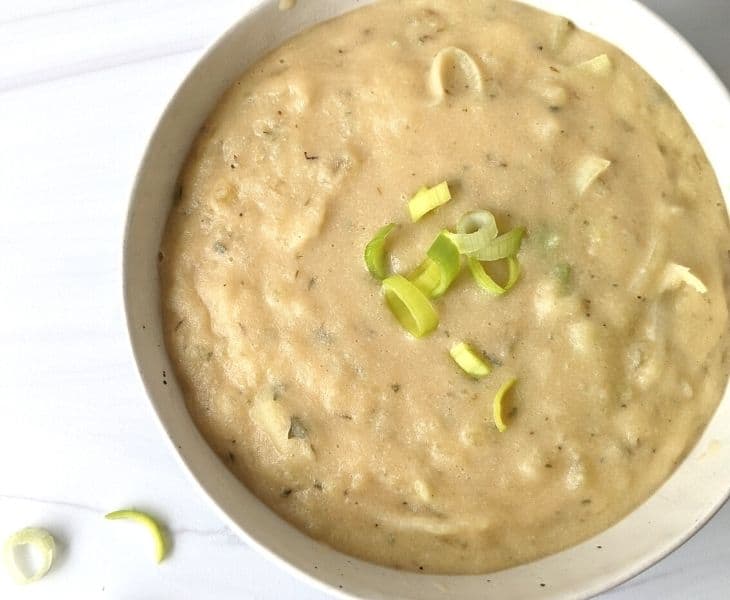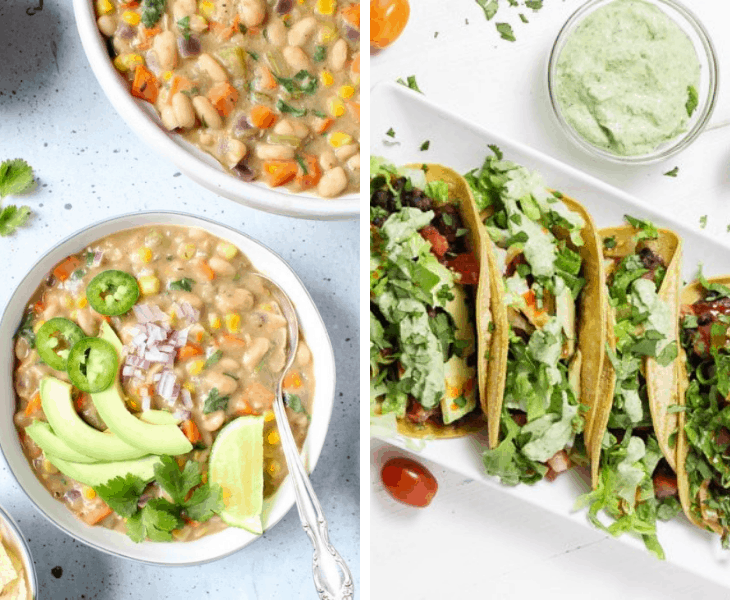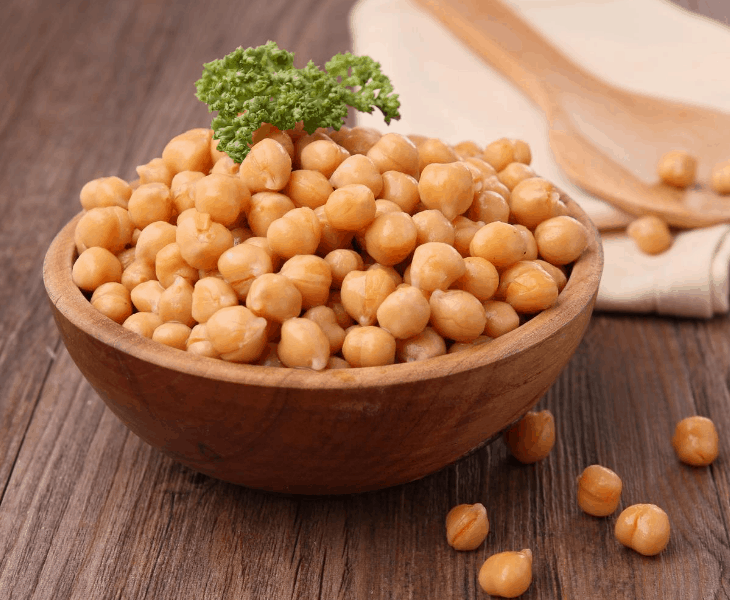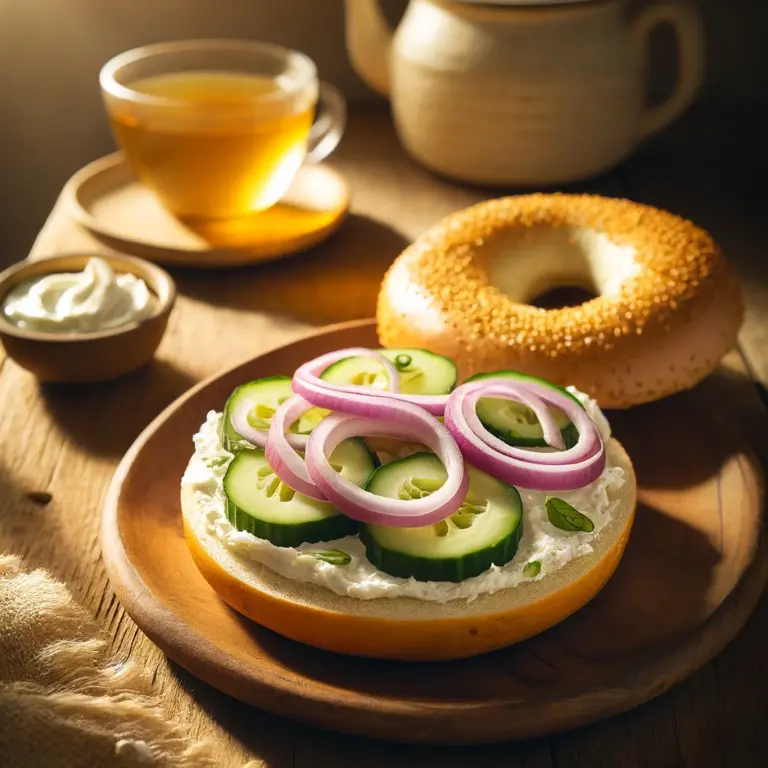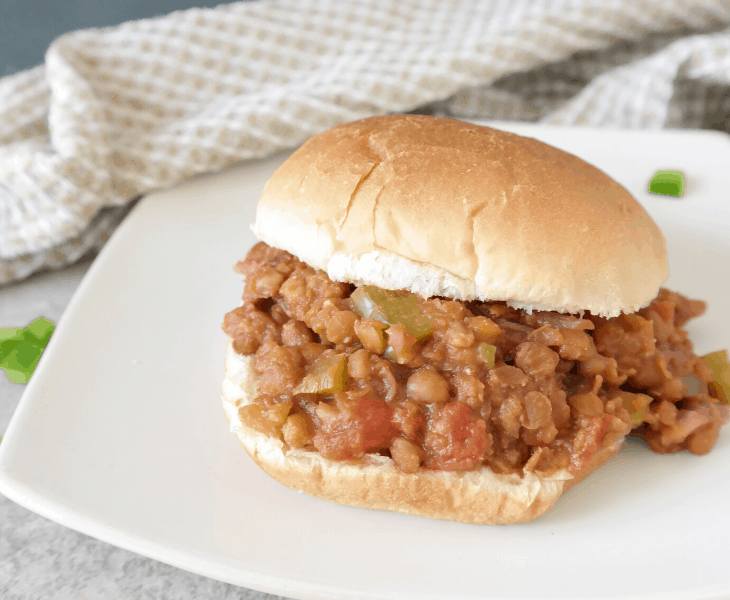Potassium Deficiency + Potassium Rich Foods (vegan diet)
Did you know that 98% of Americans are potassium deficient?
The Division for Heart Disease and Stroke Prevention found that 99.4% of US adults consumed more sodium daily than recommended by the AHA (<1500 mg) and less than 2% of US adults met recommendations for potassium (4700 mg per day). (source)
Why is a potassium deficiency concerning?
Potassium reduces blood pressure in adults, reducing the risk of stroke and coronary disease (source). Based on this information, the American Heart Association tested over 12,000 adults for potassium intake due to the correlation between potassium deficiency and heart disease. The findings, which indicated a substantial deficiency among participants, are concerning because heart disease is the leading killer in the US (source).
Why are we potassium deficient?
“…with the increasing consumption of processed food, which has potassium removed, combined with a reduction in the consumption of fruits and vegetables, there has been a large decrease in potassium intake…” – Cardiac and Vascular Sciences, St George’s, University of London
Enjoy the benefits of consuming a more plant based diet, cut out processed foods, and eat more fruits and veggies to increase your potassium and decrease your risk of heart disease.
How do I know if I consume enough potassium?
There are some signs and symptoms of potassium deficiency, but even if you are not deficient you could be on the low side. I suggest tracking your nutrition with cronometer to have an overview of all nutrients. This will not only show your potassium intake but might show you other areas of neglect in your diet. To use the tool, simply create a free account and type in the food you eat each day. You can also scan the barcode of your food item to make it easier.
Another way to detect a deficiency is to get a blood test done. You will get a pretty good overview of your nutrients and optimal intake with the cronometer tool as well.
Potassium deficiency on a vegan diet
Since only 6% of Americans enjoy a vegan diet, and 98% of Americans do not eat enough potassium, I would assume potassium deficiency is not a problem associated with the vegan diet.
However, after 6 months on the vegan diet my blood work showed low potassium numbers. You would assume that vegans are deficient in calcium, iron, protein, and such, but to my surprise these values were all very good. Protein was even on the high side.
My potassium was 3.6 (mEq/L) and the average is 3.5-5.0 (mEq/L) (source). While I am not deficient and don’t experience any signs of a potassium deficiency, I definitely don’t want to be on the lowest level. So I went back to my cronometer tool to track my nutrition again and realized I am consuming about 85-95% of my DV in potassium on some days.
When you restrict calories, to lose weight for example, your potassium might suffer. You can check this vegan weight loss food pyramid for more information on vegan weight loss.
When looking at the plant based sources of potassium, potatoes are the top potassium rich food followed by beans, sweet potatoes, squash, chickpeas, and bananas. These are all whole plant foods and high in carbs. This, again, shows high carb foods are not bad and are actually necessary for good health.
Top Vegan Potassium Sources

High Potassium Starches
1 cup brown cooked rice contains 173 mg of potassium and 1 cup cooked potatoes contains 1493 mg of potassium. The same amount of potatoes are also higher in fiber and contain less calories. So the starchy vegetable is better than the grains.
One mistake people make when starting a vegan diet is eating very starch/grain based meals. This is probably one reason why potassium deficiencies are prevalent. So make sure to eat more starchy veggies as your grain base, lots of fruits and vegetables, and legumes. Go lighter on rice, pasta, and such. If you choose the latter, make sure they are whole wheat.
Fruits that are rich in potassium
Bananas, cantaloupe, and avocados are the top three potassium rich fruits. Even one glass of orange juice has similar amounts of potassium as a banana, but I always suggest eating the whole food before anything processed. Orange juice is higher in sugar and contains way less fiber than one banana. Kiwi and oranges are another great source of potassium.
Nuts and seeds
Even though walnuts are healthier than almonds (higher omega 3) they contain almost half the potassium as almonds. If you experience a potassium deficiency I would simply include more almonds in your diet. Chia seeds contain more potassium than flax seeds but it is not the best source.
Leafy greens
2 cups fresh spinach contains 334 mg of potassium and the same amount of kale contains 157 mg of potassium. When you make your smoothie, use spinach as your leafy green base which also provides your daily value of vitamin K.
Legumes for potassium
Comparing different types of beans and legumes for their potassium content in 1 cup cooked, white beans (great northern beans) are the winner. Compared to kidney beans, they are also slightly higher in protein and fiber. All beans and legumes are a great potassium source, meaning you should consume at least 3 servings per day (1 serving is 1/2 cup cooked beans).
Beans compared to meat
For the same amount of calories you will get more mass to eat when choosing the white beans as a protein source as well as more potassium, calcium, iron, fiber, and less fat. On another note, if you are worried about protein on a vegan diet check out this high protein vegan meal plan.
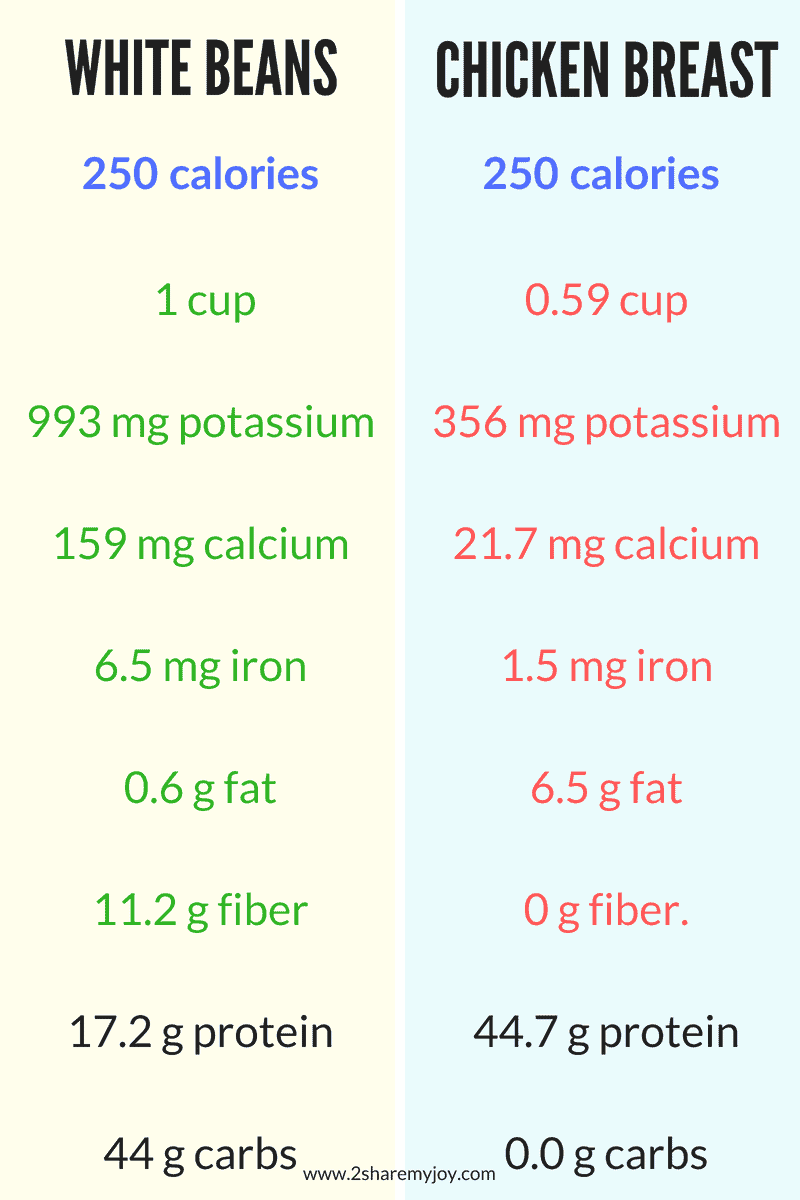
19 High Potassium Foods
- Potatoes – 1 cup boiled, with skin – 1493 mg – 32% DV
- White Beans – 1 cup cooked – 993 mg – 21% DV
- Edamame – 1 cup cooked – 675 mg – 14% DV
- Black Beans – 1 cup cooked – 669 mg – 14% DV
- Sweet Potatoes – 1 cup cooked, chopped – 663 mg – 14% DV
- Butternut Squash – 1 cup cubed – 582 mg – 12% DV
- Kidney Beans – 1 cup cooked – 490 mg – 10% DV
- Chickpeas – 1 cup cooked – 477 mg – 10% DV
- Banana – 1 large – 486 mg – 10% DV
- Cantaloupe – 1 cup diced – 427 mg – 9% DV
- Avocado – 1/2 avocado – 344 mg – 7% DV
- Spinach – 2 cups raw – 334 mg – 7% DV
- Kiwi – 1 cup or 1.5 kiwi – 329 mg – 7% DV
- Raisins – 1/4 cup dried – 300 mg – 6% DV
- Broccoli – 1 cup chopped, raw 287 mg 6% DV
- Dates – 1/4 cup dried, chopped – 241 mg – 5% DV
- Almonds – 1/4 cup chopped – 238 mg – 5% DV
- Orange – 1 medium – 237 mg – 5% DV
- Mushrooms – 1 cup chopped – 222 mg 5% DV
How to eat to get your daily value of potassium?
Here are some tips to include more potassium in your diet:
- Eat potatoes more often as your starch portion instead of rice and pasta
- Eat 3 servings of legumes per day (3/4 cup for lunch, and 3/4 cup for dinner)
- Eat one banana every day (at least)
High potassium meal plan
Morning Oats (807 mg)
- 1/2 cup oats
- 1 cup almond milk
- 1 cup berries
- 1 banana, sliced
- 1 T milled flax seed
- 1 T walnuts, chopped
- 5 almonds
Lunch (1998 mg)
One Pot Spaghetti with beans and zucchini. You can make this ahead for the whole week. Get the recipe here.
[/one_third][one_third_last]
Dinner (3610 mg)
Curried Chickpeas with Water Fried Potatoes.
[/one_third_last]
On this example meal plan you consume about 1900 calories and your potassium intake is about 6,400 which is 137% of your daily value for potassium.
